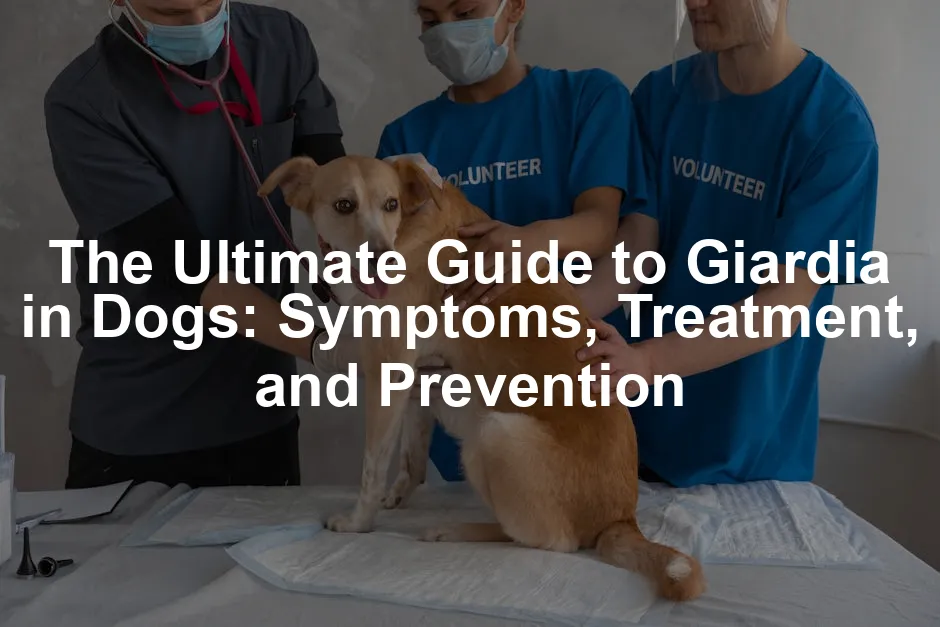Introduction
Giardia may sound like a name for a fancy Italian dish, but it’s actually a pesky little parasite that can cause quite a stir in your dog’s digestive system. If you’ve ever seen your pup have a sudden bout of diarrhea that could clear a room, you might want to read on. Giardia is a common intestinal infection in dogs that often slips under the radar until it’s too late. Just like a surprise party gone wrong, this little critter can lead to significant discomfort for your furry friend. This microscopic villain thrives in the intestines, often wreaking havoc without you even knowing it. While some dogs might display no symptoms, others—particularly young pups or those with compromised immune systems—can suffer severe consequences. But fear not! Knowledge is power, and we’re here to arm you with all the essential information about this not-so-charming parasite. So grab a cup of coffee, settle in, and let’s explore the world of Giardia in dogs!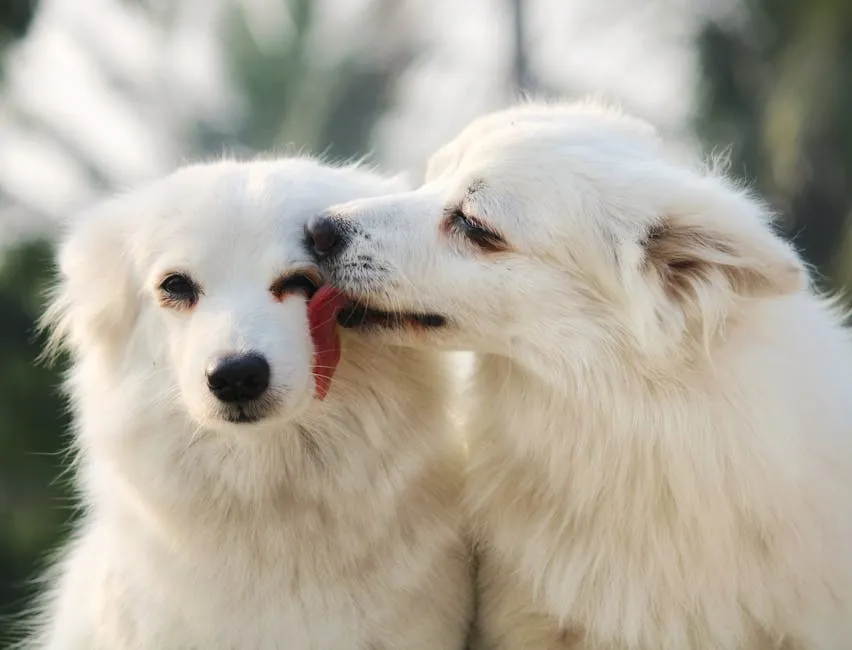
Summary of Key Points
In this comprehensive guide, we’ll cover everything you need to know about Giardia in dogs, including:- What is Giardia?: Understand this microscopic parasite, its lifecycle, and how it affects your canine companion. Giardia is a protozoan parasite that lives in the intestines, causing a condition known as giardiasis.
- Transmission: Learn how dogs contract Giardia and the environments where they are most at risk. Common sources include contaminated water, food, and feces.
- Symptoms: Identify the signs of Giardia infection, from subtle to severe. Symptoms often include watery diarrhea, vomiting, and weight loss.
- Diagnosis: Discover how veterinarians test for Giardia and why it can be tricky to diagnose. Diagnosis often involves multiple stool tests since cysts are shed intermittently.
- Treatment Options: Explore the medications and methods used to treat Giardia infections effectively. Treatments often include metronidazole and fenbendazole, along with supportive care.
- Prevention Strategies: Get tips on how to reduce the risk of your dog contracting Giardia, keeping them healthy and happy. Good hygiene and avoiding contaminated areas are key.
- Zoonotic Potential: Understand the implications for human health and how to practice safe hygiene. While transmission from dogs to humans is rare, it’s wise to be cautious.
By the end of this article, you’ll have a solid understanding of Giardia in dogs and the steps you can take to protect your beloved pet. So buckle up, and let’s tackle this topic together!Understanding the treatment options available for Giardia is crucial for pet owners. Learn more about metronidazole for dogs and its effectiveness.

What is Giardia?
Overview of the Parasite
Giardia is a microscopic troublemaker known as a protozoan parasite. It lurks in the intestines of various mammals, including our beloved dogs. This sneaky little organism can cause an infection called giardiasis, which leads to some serious digestive distress. Giardia exists in two forms: the trophozoite and the cyst. The trophozoites are the lively little guys. They hang out in the small intestine, multiplying and causing chaos. When they get cozy, they morph into cysts. These cysts are the troublemakers, shedding from infected dogs’ feces and waiting patiently for a new host. They can survive in the environment for months, just biding their time until a curious pup comes along. When ingested, these cysts transform back into trophozoites, and the cycle of mischief begins anew.Lifecycle of Giardia
The lifecycle of Giardia is a tale of two stages. First, the trophozoites attach to the intestinal walls, soaking up nutrients like a sponge. This is where they wreak havoc, leading to symptoms like diarrhea and weight loss. After a while, they round up into cysts and pass through the dog’s feces. Transmission occurs when another dog, or even a human, ingests these cysts. This can happen through drinking contaminated water, eating infected food, or even sniffing around in poop-filled parks. Giardia cysts are resilient little buggers. They can survive in cool, moist environments for months, making it easy for dogs to contract the parasite during their outdoor adventures. Just think of them as the ultimate party crashers at your dog’s favorite hangout!Prevalence and Impact
Globally, Giardia is a common issue among dogs, with prevalence rates reaching up to 45% in certain populations, particularly in crowded settings like kennels and shelters. Young dogs, especially those under six months, are particularly vulnerable due to their immature immune systems. Infected dogs may not show signs, but that doesn’t mean they’re off the hook. They can easily spread the parasite to other dogs and even to humans in rare cases. The impact of Giardia on dog populations is significant. It can lead to dehydration, malnutrition, and even death in severe cases, especially in puppies and older dogs. This intestinal invader is indeed a formidable foe, and understanding its lifecycle and prevalence is crucial for keeping our furry friends safe and sound.
How is Giardia Spread?
Transmission Routes
So, how does this pesky parasite spread? Giardia is highly contagious! The most common transmission methods include contaminated water sources, feces, and the environments where dogs roam. Imagine your dog taking a refreshing drink from a puddle that’s also a Giardia hot spot—yikes! Parks, doggy daycare centers, and kennels are common areas where transmission occurs. Dogs can pick up cysts by sniffing or rolling in contaminated soil, licking their paws, or even sharing food and water bowls with infected pals. It’s like a game of hot potato, but with parasites instead of potatoes!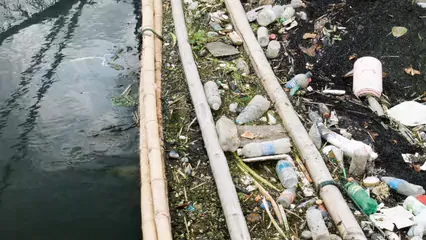
Risk Factors
Some dogs are more susceptible to Giardia than others. Puppies, senior dogs, and those with weakened immune systems are at the highest risk. Behavioral factors also play a role; dogs that love to dig, chew on sticks, or explore the great outdoors are more likely to encounter this parasite. If your pup is a professional groomer, licking their paws and body after a romp in the grass, they may be inadvertently inviting Giardia into their system. Keeping an eye on your dog’s habits and surroundings can help reduce the risk of infection. After all, prevention is always better than a trip to the vet!
Symptoms of Giardia Infection
Common Symptoms
Giardia infection, also known as giardiasis, is a common ailment in dogs. The symptoms can range from mild to severe and typically include:- Diarrhea: This is the most noticeable sign. The diarrhea is often watery, foul-smelling, and may have a greenish tint. Sometimes, it even contains mucus or blood. This isn’t the kind of surprise you want when you’re picking up after your pup!
- Vomiting: Some dogs may experience vomiting. This can occur alongside diarrhea, further complicating their digestive woes. It’s like their bellies are staging a protest!
- Weight Loss: As the infection disrupts nutrient absorption, dogs may lose weight. A sudden drop in weight can be alarming, especially for those fluffy friends who are usually a bit pudgy.
- Lethargy: Infected dogs often feel tired and may not engage in their usual playful antics. They might prefer a cozy spot on the couch over a game of fetch.
- Decreased Appetite: Many dogs lose their enthusiasm for food. If your dog is turning their nose up at dinner, something may be amiss.
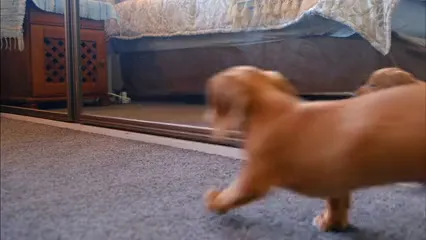
Asymptomatic Carriers
Interestingly, some dogs can carry Giardia without showing any symptoms. These asymptomatic carriers can still shed cysts in their feces, posing a risk to other pets and humans. This sneaky nature of Giardia makes it challenging to control its spread. Just because your dog seems fine doesn’t mean they’re not a potential host for this pesky parasite. These carriers can unknowingly infect other dogs during playdates or even through shared water bowls. It’s crucial to maintain good hygiene practices, like promptly cleaning up after your dog and washing your hands after handling them. After all, you wouldn’t want to unknowingly invite Giardia to your next family gathering!
Diagnosis of Giardia in Dogs
Diagnostic Methods
Diagnosing Giardia in dogs can be a tricky endeavor. Veterinarians often rely on various methods to confirm the infection:- Stool Examination: A common diagnostic approach involves examining a stool sample under a microscope. However, Giardia cysts can be shed intermittently, making it necessary to collect multiple samples over several days.
- Antigen Tests: More advanced tests, such as enzyme-linked immunosorbent assays (ELISA), can detect Giardia proteins in the feces. These tests can provide a more reliable diagnosis, especially when cysts are elusive.
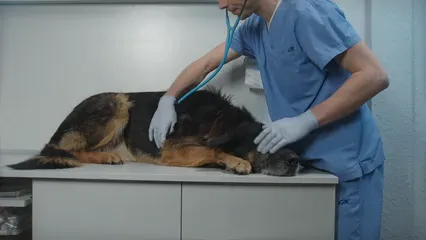
What to Expect at the Vet
When you visit the veterinarian for a suspected Giardia infection, be prepared for a thorough examination. The vet will likely ask about your dog’s symptoms, recent activities, and any potential exposure to contaminated environments. You can expect them to conduct a physical exam and may recommend stool tests to look for Giardia cysts. If your dog is diagnosed, the vet will discuss treatment options and the importance of cleaning your home environment to reduce the risk of reinfection. It’s always better to be informed and ready to tackle Giardia together!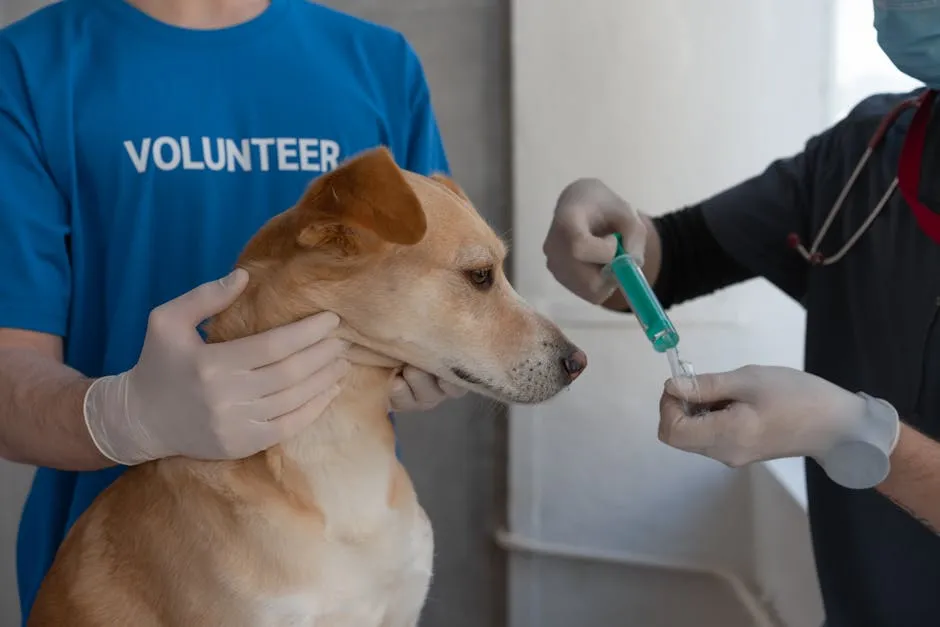
Treatment for Giardia Infection
Medications Used
When it comes to treating Giardia in dogs, two medications often take center stage: metronidazole and fenbendazole. Think of them as the dynamic duo battling the pesky parasite. Metronidazole is an antibiotic that disrupts Giardia’s ability to thrive in your dog’s intestines. It’s commonly prescribed for about five to seven days. Fenbendazole, on the other hand, is a dewormer that’s just as effective and often used in conjunction with metronidazole. This combo can significantly increase the chances of knocking out the infection completely.But treatment doesn’t stop there! Hydration is key during this process. Diarrhea can lead to dehydration faster than you can say “giardiasis,” so ensure your pup has constant access to fresh water. If your dog is experiencing severe diarrhea, your vet might recommend rehydration solutions. Additionally, dietary support can be beneficial. A bland diet, like boiled chicken and rice, can help soothe their upset stomachs while providing necessary nutrients. Remember, a well-hydrated and nourished dog is more likely to bounce back from this infection!Understanding the medications used for treating Giardia can help you make informed decisions for your pet’s health. Read more about metronidazole for dogs.
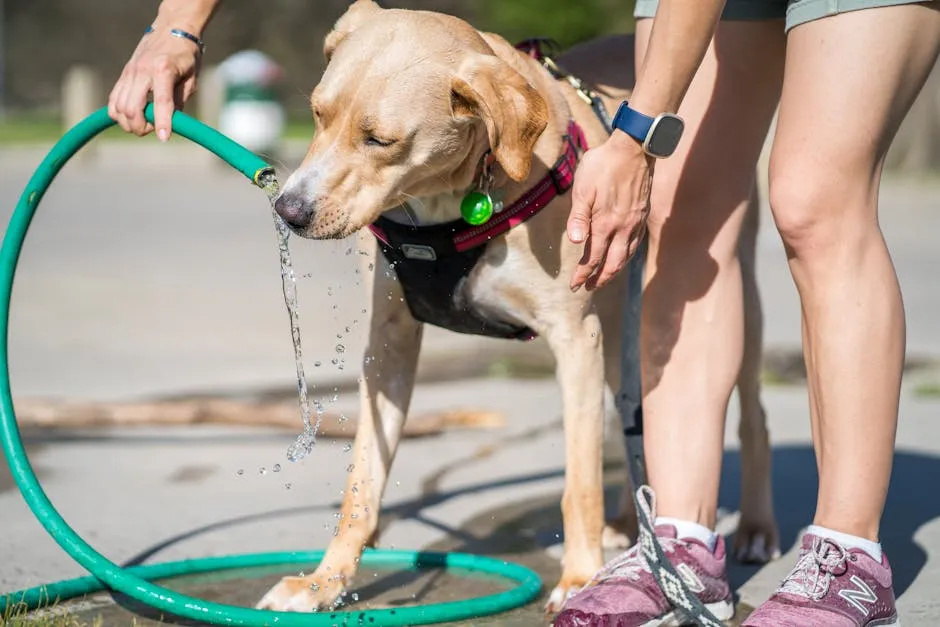
Environmental Management
Now, let’s talk about the elephant in the room—environmental management. Once your dog is on the road to recovery, it’s crucial to address where the trouble started. Giardia cysts can survive in the environment for months, waiting patiently for their next host. This means cleaning and disinfecting your dog’s surroundings is non-negotiable. Start by cleaning up any feces immediately. Use gloves to protect yourself and dispose of the waste properly. Next, disinfect surfaces your dog frequents. Standard household disinfectants can be effective, but you may want to look for products specifically designed to eliminate Giardia cysts. Steam cleaning is also an excellent option for carpets and upholstery. Outdoor areas pose a bit more of a challenge, especially if your dog has access to a yard. Cysts can linger in the soil, so try to limit your dog’s access to contaminated areas until they’re cleared. If possible, allow sunlight to do its magic, as direct sunlight can help kill off these stubborn cysts. A little effort in environmental management goes a long way in preventing reinfection.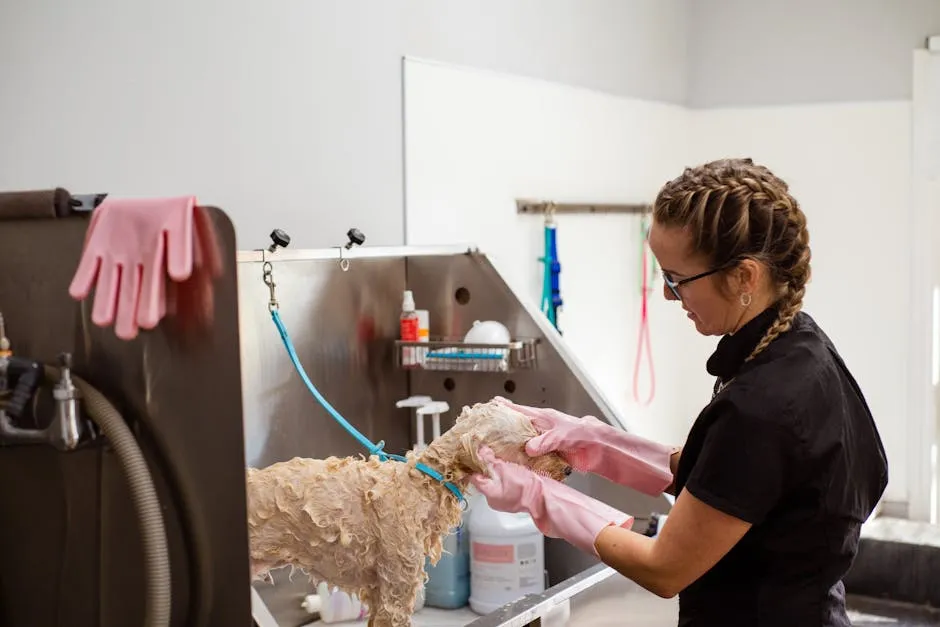
Prevention Strategies
Hygiene Practices
Prevention is always easier than treatment, right? Practicing good hygiene is your first line of defense against Giardia. Start with simple actions like washing your hands after handling your dog or cleaning up after them. It sounds obvious, but you’d be surprised how many people overlook this crucial step. If your dog has been diagnosed with Giardia, consider wearing disposable gloves when cleaning up their mess. Promptly disposing of feces is essential. Not only does this keep your yard tidy, but it also reduces the chances of other pets coming into contact with potentially contaminated waste. If you’re at a dog park or other shared environment, keep an eye on your dog. If you see them sniffing around, especially near feces, redirect their attention. Remember, a watchful eye can prevent a lot of headaches down the road!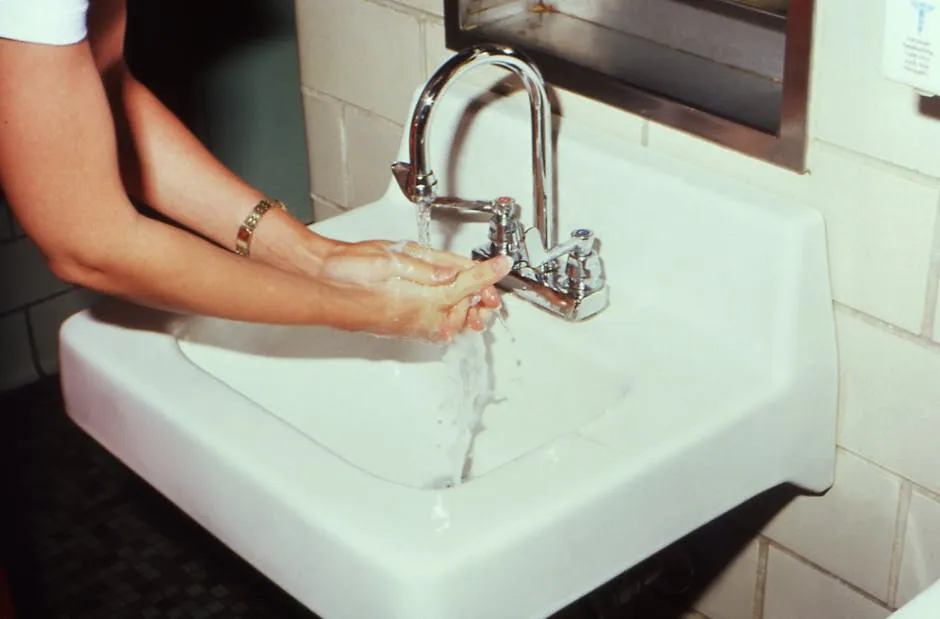
Lifestyle Adjustments
Finally, let’s look at some lifestyle adjustments to keep your furry friend safe from Giardia. First and foremost, avoid letting your dog drink from puddles or stagnant water. This might be tough if your dog is a water-loving breed, but it’s essential. Contaminated water is a primary source of Giardia infection. Additionally, choose clean play areas. Before letting your dog romp around, check the surroundings for any signs of feces. If it looks questionable, it’s best to find another spot. Lastly, consider restricting access to public places where dogs gather, especially if you know there have been recent Giardia cases. A little extra caution can save you and your pup a lot of trouble!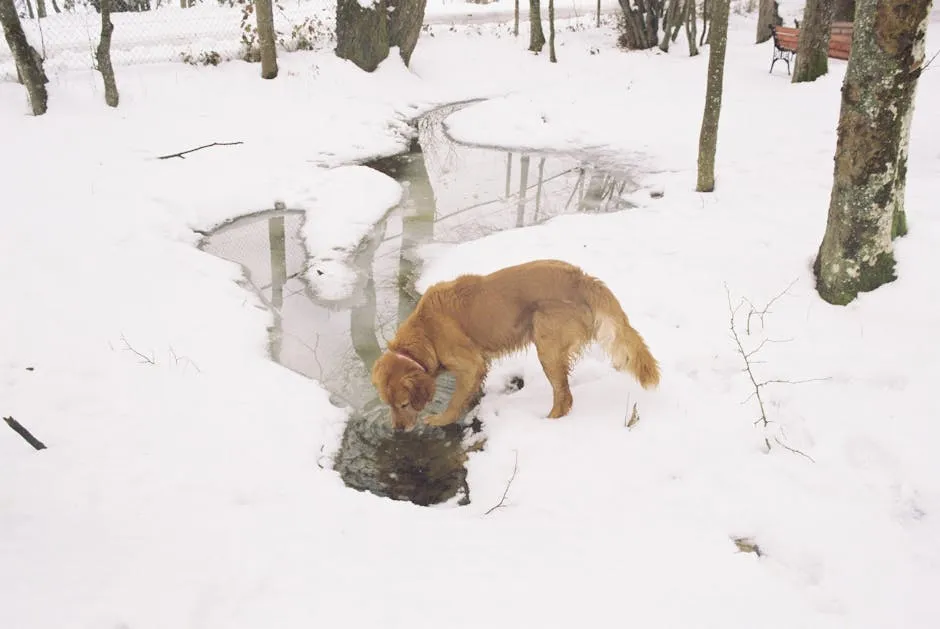

Conclusion
Giardia in dogs is a significant concern for pet owners, but with the right knowledge and proactive measures, it can be managed effectively. Understanding the lifecycle of this parasite is paramount. It thrives in the intestines, spreading through contaminated water, food, or feces. Recognizing the symptoms—such as diarrhea, lethargy, and decreased appetite—allows for timely intervention. Prevention is key. Regular veterinary check-ups play a crucial role in early detection. Keeping your dog’s environment clean is equally important. This includes promptly cleaning up feces and disinfecting areas where your dog plays or rests. Good hygiene practices can significantly reduce the risk of infection. If you suspect your dog may be infected, don’t hesitate to consult your veterinarian. They can provide the best care possible, including diagnostic tests and appropriate treatment. Remember, staying informed and vigilant will help keep your furry friend healthy and happy!FAQs
Can humans get Giardia from dogs?
Giardia does have zoonotic potential, meaning it can be transmitted from dogs to humans. However, the strains that typically infect dogs differ from those affecting humans. Transmission is rare, but it can occur through contaminated surfaces, food, or water. Practicing good hygiene, such as washing your hands after handling your dog or cleaning up waste, minimizes risks. Always be cautious in environments where dogs frequent, especially if your dog is infected.
How long does it take for Giardia to clear in dogs?
Generally, Giardia can take five to eight days to clear with effective treatment. Factors affecting recovery include the dog’s overall health, age, and immune status. Puppies and older dogs may need longer to recover due to their vulnerable immune systems. If diarrhea persists after treatment, a follow-up with your veterinarian is essential to rule out reinfection or treatment resistance.
Is there a vaccine for Giardia?
Currently, there is no widely recommended vaccine for Giardia in dogs. While a vaccine was available in the past, its effectiveness was limited, leading to its discontinuation. Instead, focus on preventive measures, such as avoiding contaminated water and maintaining good hygiene practices, to help reduce the risk of infection in your dog.
What should I do if I suspect my dog has Giardia?
If you suspect your dog has Giardia, follow these steps: 1. Monitor Symptoms: Look for signs like diarrhea, vomiting, or lethargy. 2. Collect a Fecal Sample: If possible, gather a fresh stool sample for testing. 3. Schedule a Vet Appointment: Contact your veterinarian for a diagnosis and treatment plan. 4. Maintain Hygiene: Keep your dog’s area clean and disinfected to prevent spread. 5. Follow Treatment Protocols: If diagnosed, ensure your dog completes the full course of prescribed medications. Staying proactive can help manage and prevent Giardia infections effectively!
All images from Pexels

